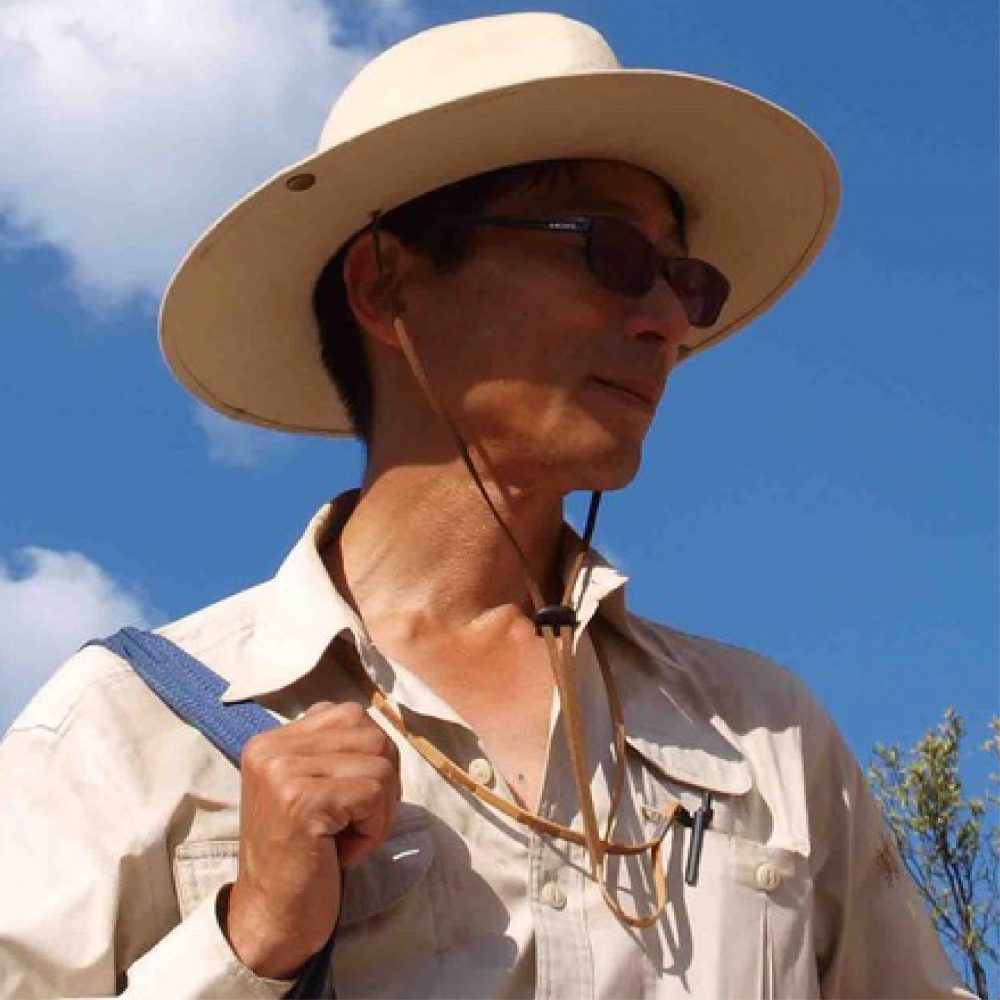Members
Guest Speaker
MASATO NAKATSUKASA

INSTITUTION
Graduate School of Science, Kyoto University
ACADEMIC FIELD & RESEARCH
I am engaged in research using the fossils of Miocene apes and early humans as materials to investigate how the surviving lineages of non-human hominoids acquired their current adaptations through the evolutionary process. While I basically specialize in the evolution of the locomotor organs, I am also interested in paleobiogeography, paleoenvironments, and dietary adaptation.
RESEARCH FIELD (FIELD SITE, LOCATION OF RESEARCH)
Kenya
MAIN PUBLICATIONS/PAPERS
- Nakatsukasa M. “Miocene ape spinal morphology: the evolution of orthogrady” Spinal Evolution: Morphology, Function, and Pathology of the Spine in Hominoid Evolution. Been E., Gomez-Olivencia A., Kramer PA. (Eds.) Springer Nature Switzerland, pp. 73-96, 2019.
- Nakatsukasa M., Almécija S., Begun DR. “The hands of Miocene hominoids” The Evolution of the Primate Hand. Kivell TL., Lemelin P., Richmond BG., Schmitt D. (Eds.) Springer, pp. 485-514, 2016.
- Nakatsukasa M., Kunimatsu Y. Evolution of the Miocene Old World monkeys in Africa: Influence on the evolution of the extant hominoids. Anthropological Science (Japanese Series), 120: 99-119, 2012. (Japanese)
COMMENTS
The world is flooded with far too many papers.